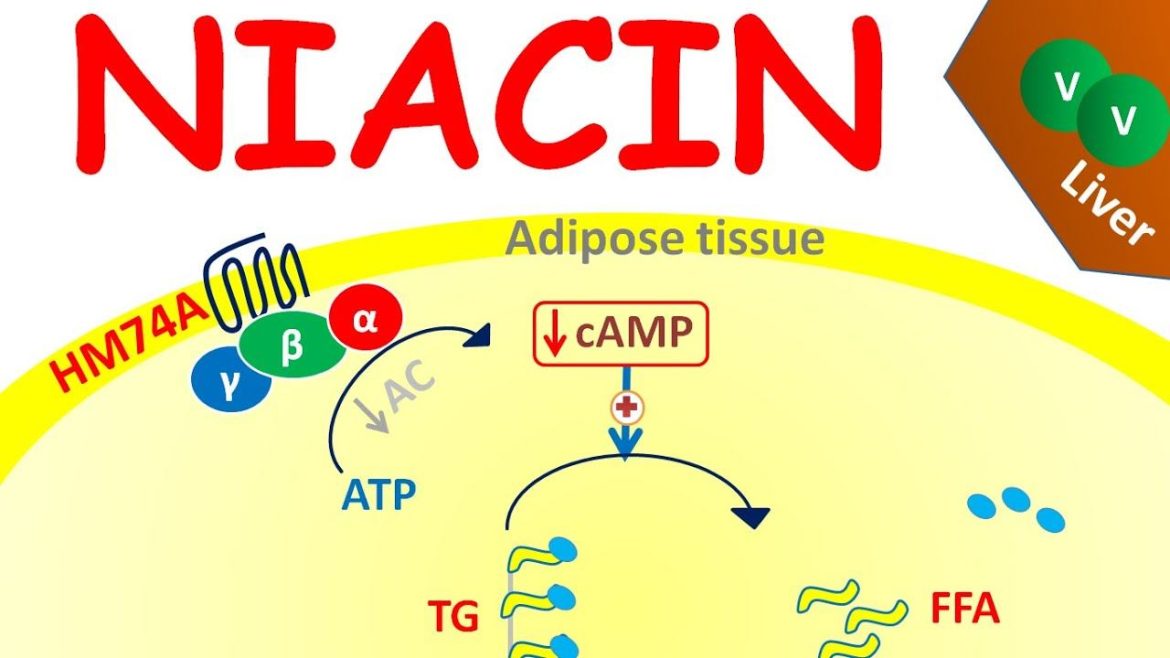Dyslipidemia is a significant risk factor for cardiovascular disease (CVD), which remains one of the leading causes of morbidity and mortality worldwide. As a cardiologist, understanding the best treatment options for managing dyslipidemia is crucial for optimizing patient outcomes. This comprehensive article will explore the various treatment modalities available for dyslipidemia, including lifestyle modifications, pharmacotherapy, and emerging therapies.
Primary Dyslipidemia
Primary dyslipidemia is typically genetic and includes conditions such as familial hypercholesterolemia. These genetic disorders lead to significantly elevated LDL-C levels and often require more aggressive treatment.
Secondary Dyslipidemia
Secondary dyslipidemia results from lifestyle factors such as diet, physical inactivity, obesity, and other health conditions like diabetes or hypothyroidism. Addressing the underlying cause is a critical component of managing secondary dyslipidemia.
SEE ALSO: Does Aerobic Exercise Lower Triglycerides?
What Are The Best Ways to Treat Dyslipidemia?
Lifestyle Modifications
Lifestyle modifications are the cornerstone of dyslipidemia management and should be implemented in all patients, regardless of the need for pharmacotherapy.
Diet
A heart-healthy diet is essential for managing dyslipidemia. Key dietary recommendations include:
Reducing Saturated and Trans Fats: Limiting the intake of saturated fats (found in red meat and full-fat dairy products) and trans fats (found in many processed foods) can significantly lower LDL-C levels.
Increasing Fiber Intake: Soluble fiber, found in fruits, vegetables, and whole grains, helps reduce LDL-C levels.
Incorporating Healthy Fats: Replacing saturated fats with monounsaturated and polyunsaturated fats (found in olive oil, nuts, and fatty fish) can improve lipid profiles.
Limiting Dietary Cholesterol: Although the impact of dietary cholesterol on blood cholesterol levels varies among individuals, it is generally recommended to limit intake.
Reducing Refined Carbohydrates and Sugars: High intake of refined carbohydrates and sugars can increase triglyceride levels.
Physical Activity
Regular physical activity has a favorable impact on lipid profiles. Recommendations include:
Aerobic Exercise: Activities such as walking, running, cycling, and swimming for at least 150 minutes per week of moderate-intensity or 75 minutes per week of vigorous-intensity exercise.
Resistance Training: Strength training exercises at least twice a week to improve overall cardiovascular health.
Weight Management
Maintaining a healthy weight is crucial for managing dyslipidemia.
Weight loss can significantly reduce LDL-C and triglyceride levels while increasing HDL-C levels.
Smoking Cessation
Smoking cessation is vital, as smoking can lower HDL-C levels and is a major risk factor for cardiovascular disease.
Pharmacotherapy
When lifestyle modifications alone are insufficient to achieve target lipid levels, pharmacotherapy is indicated. Several classes of medications are available, each with distinct mechanisms of action.
Statins
Statins are the first-line treatment for dyslipidemia due to their proven efficacy in lowering LDL-C levels and reducing cardiovascular events. Common statins include atorvastatin, simvastatin, and rosuvastatin.
Mechanism of Action
Statins inhibit the enzyme HMG-CoA reductase, which is crucial for cholesterol synthesis in the liver, resulting in decreased LDL-C levels.
Benefits
Significant reduction in LDL-C levels.
Modest increase in HDL-C levels.
Reduction in triglycerides.
Proven reduction in cardiovascular morbidity and mortality.
Side Effects
Muscle pain or weakness (myopathy).
Increased liver enzymes.
Rarely, rhabdomyolysis.
Bile acid sequestrants (e.g., cholestyramine, colesevelam) are an older class of lipid-lowering agents.
Mechanism of Action
These medications bind bile acids in the intestine, preventing their reabsorption and promoting the conversion of cholesterol into bile acids, thereby lowering LDL-C levels.
Benefits
Effective in lowering LDL-C.
Can be used in combination with statins or ezetimibe.
Side Effects
Gastrointestinal issues (constipation, bloating).
Can interfere with the absorption of other medications and fat-soluble vitamins.
Fibrates
Fibrates (e.g., gemfibrozil, fenofibrate) are primarily used to lower triglyceride levels and raise HDL-C levels.
Mechanism of Action
Fibrates activate peroxisome proliferator-activated receptors (PPARs), leading to increased oxidation of fatty acids and decreased production of triglycerides.
Benefits
Significant reduction in triglyceride levels.
Modest increase in HDL-C levels.
Side Effects
Gastrointestinal issues.
Risk of gallstones.
Muscle pain or weakness, especially when combined with statins.
Personalized Treatment Approach
The optimal treatment for dyslipidemia varies among individuals and should be personalized based on the patient’s overall cardiovascular risk, specific lipid abnormalities, and tolerance to medications. A comprehensive approach often involves a combination of lifestyle modifications and pharmacotherapy.
Risk Assessment
Assessing a patient’s overall cardiovascular risk using tools like the ASCVD (atherosclerotic cardiovascular disease) risk calculator can guide treatment decisions and the intensity of therapy required.
Monitoring and Follow-Up
Regular monitoring of lipid levels and adherence to therapy is crucial for achieving and maintaining target lipid levels. Adjustments to treatment should be made based on response and any side effects experienced by the patient.
Conclusion
Dyslipidemia management requires a multifaceted approach that includes lifestyle modifications and pharmacotherapy tailored to the individual’s risk profile and specific lipid abnormalities. Statins remain the cornerstone of pharmacotherapy, but additional agents like ezetimibe, PCSK9 inhibitors, and emerging therapies provide valuable options for achieving optimal lipid control. By adopting a personalized and comprehensive treatment strategy, healthcare providers can significantly reduce the burden of cardiovascular disease associated with dyslipidemia.

